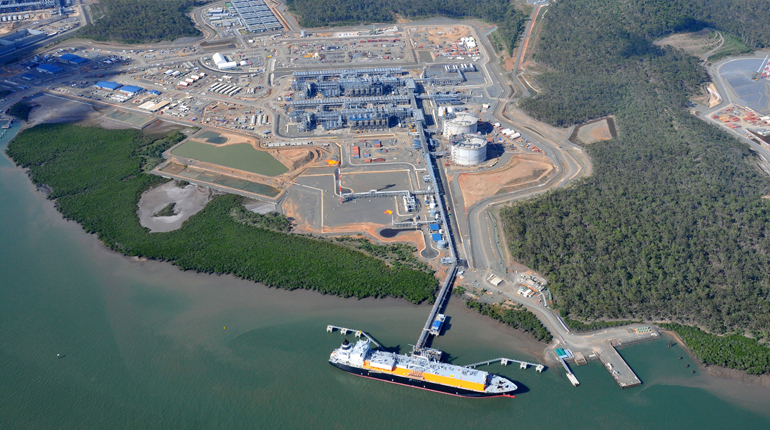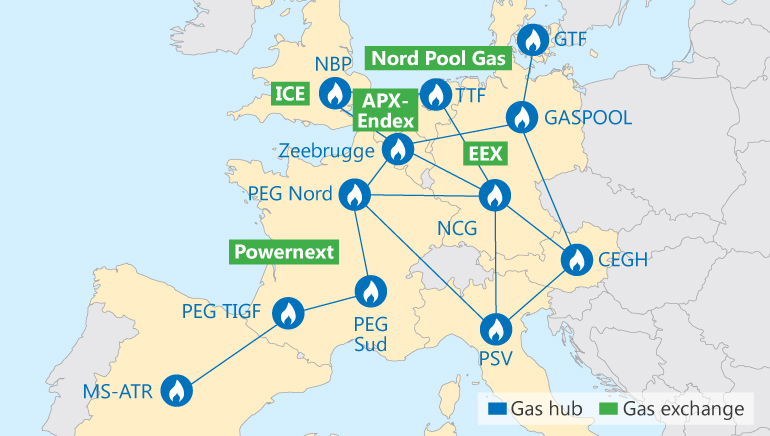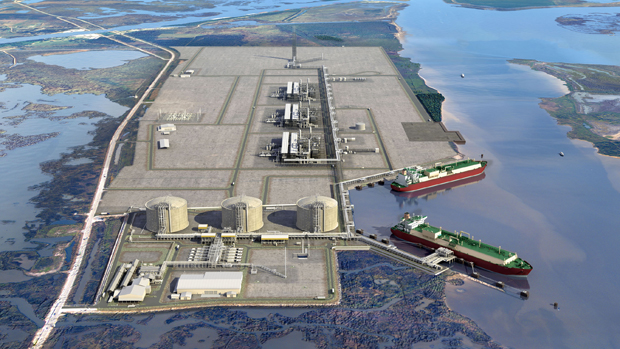Highlights
- European demand is weakening and could decline in major markets
- Storage withdrawals have dropped and will be limited over the coming weeks
- Supplies to Europe from Russia and Norway continue to rise
- European hub prices have held steady, but are coming under pressure
Economic overview
The next two years may be tough for European economies as growth could slow in some of the region’s major markets.
Although some European economies are expected to grow this year, the latest OECD forecast is for expansion to be slow in much of the region. Italy’s GDP is forecast to grow by around 1% in 2016, up from 0.6% last year. France will see a similar trend, with GDP growth of 1.2% expected this year and 1.5% for 2017.
However, the rate of economic expansion will fall in the UK, Germany and much of the eurozone this year. Germany’s economy grew by a relatively strong 1.4% last year, but the expansion is expected to slow to 1.3% this year. The UK’s growth will fall to 2.1% in 2016 from 2.2% in 2015, and it could slow further in 2017.
Economic outlook: real GDP % growth
| 2015 | 2016 | 2017 | |
| Euro Area | 1.5% | 1.4% | 1.7% |
| Germany | 1.4% | 1.3% | 1.7% |
| France | 1.1% | 1.2% | 1.5% |
| Italy | 0.6% | 1.0% | 1.4% |
| UK | 2.2% | 2.1% | 2.0% |
The UK is set to vote on whether to leave the EU in June. The potential ‘Brexit’ is causing a great deal of uncertainty, and if voters decide to leave the EU this uncertainty will continue as the necessary negotiations could take years to complete. This means the UK’s growth could be even more limited if the Brexit occurs.
The UK’s gas consumption is expected to rise over the coming months, largely driven by strong increases in power sector offtake. However, any growth in total gas demand is likely to be low.



